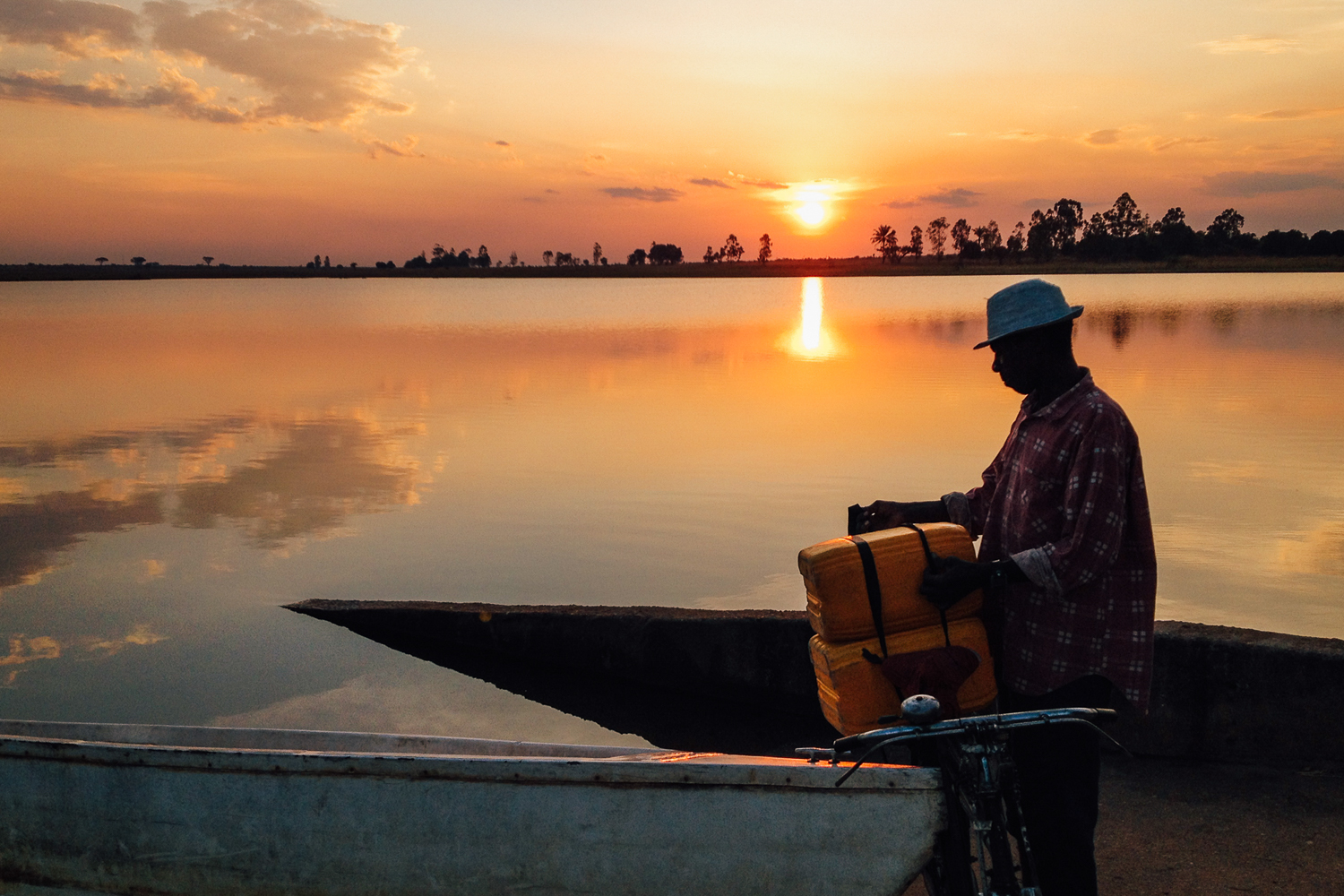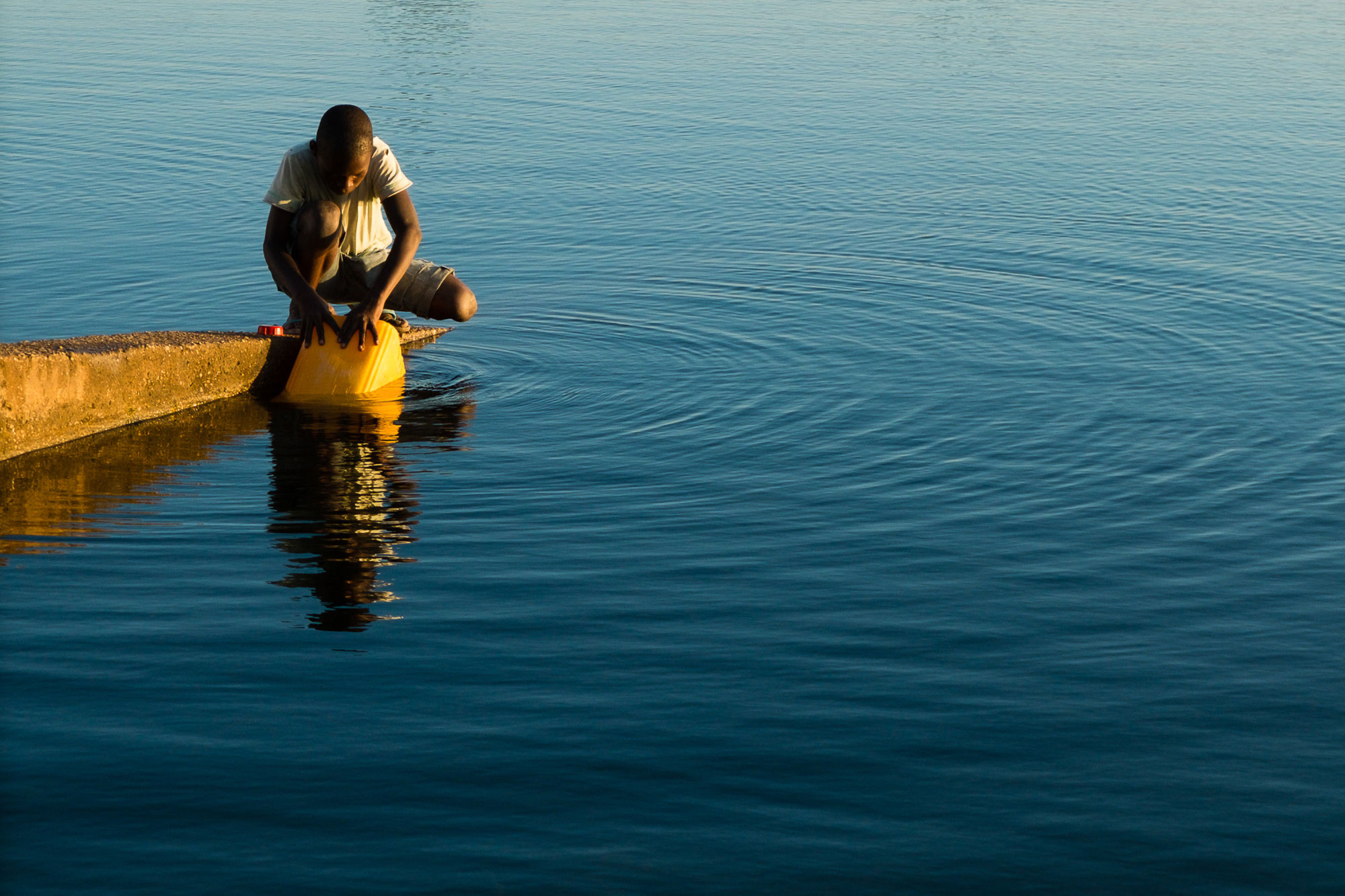Premium/ Documentary Project | Module 6 – Working with the available light
Documentary photography may involve a lot of portraiture work, but unlike the studio photographer who can manipulate light through the use of flashes and diffusers, documentary photographers have to work with available light. But it isn’t necessarily natural light only. As the name implies, it refers to light emitted from any source, whether natural or artificial. So, let’s now look at the most common situations and see what options we have for working with these types of light, whether natural, artificial or mixed light sources. Documentary photography may involve a lot of portraiture work, but unlike the studio photographer who can manipulate light through the use of flashes and diffusers, documentary photographers have to work with available light. What is available light? “Available light can be any source of light that isn’t explicitly supplied by the photographer for the purpose of taking photos.” This definition means that there is no interference on the part of the photographer because he aims to document reality. But, available light, isn’t necessarily natural light only. As the name implies, it refers to light emitted from a source, whether natural or artificial. Documentary photographers have to adapt to any light source, colour and direction. They have to know how to make the most of it, whatever the situation. So, let’s now look at the most common situations and see what options we have for working with these types of light, whether natural, artificial or mixed light sources: Sunlight (golden hour): If it’s early morning or late afternoon, there are no reasons for you to worry. Almost all directions are good to photograph, whether the light is gently illuminating our subject or a backlight situation which can be equally interesting. Silhouettes can be an effective way of portraying situations or events involving the subject with the surrounding environment.  Direct sunlight: Harsh direct sunlight is the most difficult type of light to work with. The results can vary according to the direction in which you are regarding: (a) The sun; (b) Your subject. But remember, your subjects are not models to be directed. You are the one who must work your way around them in order to make the photo to work. If you have the sun behind you, facing your subject, you will get a picture with a lot of contrast, well-defined contours but not very flattering. But if you position yourself towards the sun, your subject will be lit from the back. Using spot metering or exposure compensation, you will now expose the photograph for the subject’s face.
Direct sunlight: Harsh direct sunlight is the most difficult type of light to work with. The results can vary according to the direction in which you are regarding: (a) The sun; (b) Your subject. But remember, your subjects are not models to be directed. You are the one who must work your way around them in order to make the photo to work. If you have the sun behind you, facing your subject, you will get a picture with a lot of contrast, well-defined contours but not very flattering. But if you position yourself towards the sun, your subject will be lit from the back. Using spot metering or exposure compensation, you will now expose the photograph for the subject’s face.


CONTINUE READING…
Only for Premium Subscribers!
To access these articles you must be a PREMIUM subscriber to Fuji X Passion.
SUBSCRIBE NOW and get instant access to all Premium articles, all prior and upcoming magazines, all special editions, all previous videos, discounts and offers. If you are seeking relevant information about this camera system, or useful tips from photographers using the Fuji X system, this is the most valuable place for you.
BASIC Plan subscriber? Upgrade to PREMIUM!
- Access your account HERE and sign in with your email address and password as always
- In this step click the ‘Subscriptions’ tab and then ‘Change plan’
- Now you can change from the BASIC plan to the new PREMIUM PLAN
- Finally, the system will only apply a proportional value to the remaining charge and change the plan immediately.
Already a Premium Subscriber?




